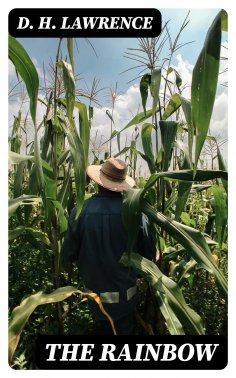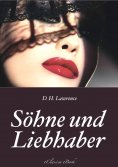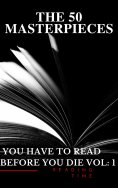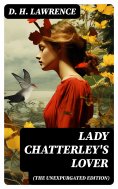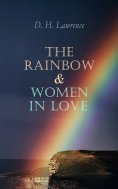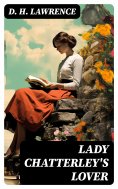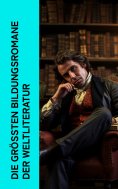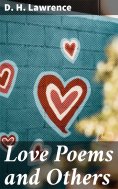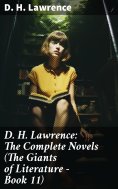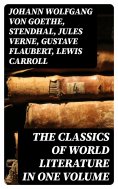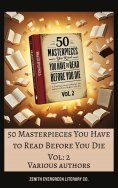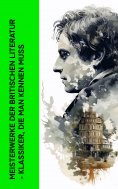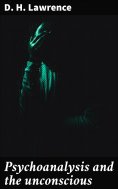The Rainbow
Über das eBook
D. H. Lawrence's "The Rainbow" is a profound exploration of human relationships and the interplay of individuality within the framework of society. Set in the English countryside, the novel unfolds across three generations of the Brangwen family, delving into themes of sexuality, identity, and the quest for self-understanding. Lawrence employs a rich, lyrical prose style characterized by vivid imagery and emotional depth, reflecting the turbulent societal changes of the early 20th century. The novel stands as a pivotal work in modernist literature, emphasizing the necessity of personal transformation, while questioning the constraints imposed by conventional norms and familial expectations. D. H. Lawrence, an influential figure in modernist literature, drew upon his own experiences of class struggle, familial discord, and the quest for authenticity as he penned this ambitious work. Growing up in a working-class family and witnessing the struggles of industrialization informed his empathetic portrayal of his characters' internal conflicts. Lawrence's passionate relationships and his interest in psychological and existential themes also permeate the narrative, inviting readers to engage with his own philosophical inquiries about life and love. "The Rainbow" is highly recommended for readers seeking a rich, introspective journey into human connection and the inner workings of identity. This novel not only challenges societal norms but also invites readers to interrogate their own lives in relation to the forces that shape their existence. Lawrence's powerful prose and keen psychological insights make this work an enduring classic that resonates deeply with contemporary audiences.
Über den Autor
David Herbert Lawrence, more commonly referred to as D. H. Lawrence, was an influential English writer of the 20th century known for his contributions to modernist literature. Born on September 11, 1885, in Eastwood, Nottinghamshire, Lawrence explored themes such as emotional health, vitality, spontaneity, and instinct within his works. His literary style is characterized by its exploration of the human psyche, intricate character development, and often controversial depictions of sexuality, leading to censorship battles, most famously with his novel 'Lady Chatterley's Lover.' Another significant novel, 'The Rainbow', published in 1915, reflects Lawrence's skillful approach to chronicling familial relationships across generations while examining the tension between industrialization and the more pastoral aspects of rural England. Critics have lauded 'The Rainbow' for its rich symbolism, lyrical prose, and thoughtful character introspection, which are hallmark elements of Lawrence's narrative craft. Lawrence's ability to dissect the complexities of human emotions and the natural environment is also evident in other seminal works such as 'Sons and Lovers' (1913) and 'Women in Love' (1920), which further solidify his legacy as a vanguard of literary modernism. Despite facing challenges and controversies due to his candid writing on human sexuality and industrial society, Lawrence's profound influence on literature persists, making him a perennial subject of study in academic and literary circles.
Produkt Details
Verlag: DigiCat
Genre: Sprache - Englisch
Sprache: English
Umfang: 404 Seiten
Größe: 728,2 KB
ISBN: 8596547393795
Veröffentlichung: 13. November 2022
